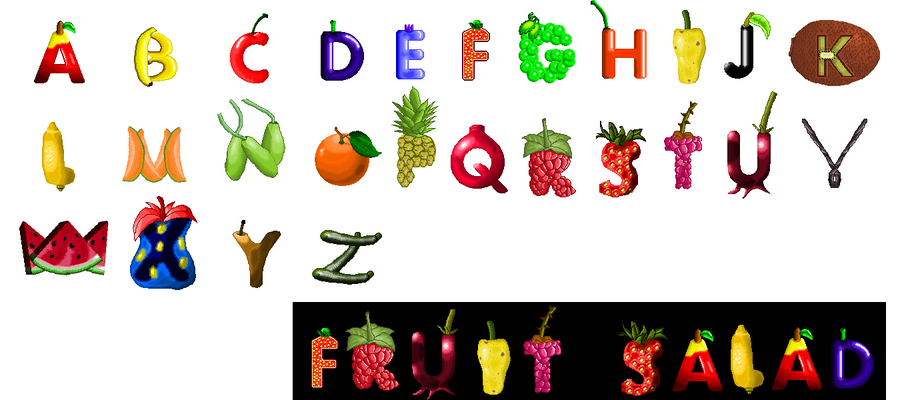EQUATION
Definition
An equation is a statement that expresses the equality of two mathematical expressions. An equation has an equal sign, a right side expression and a left side expression.
Examples of equations
3x + 3 = 2x + 4 : the left side of the equation is the expression 3x + 3 and the right side is 2x + 4.
2x + 3y = 2 - 2x : equation in two variables x and y.
Solutions of an Equation
If we substitute x by -3 in the equation 2x + 8 = -2x - 4, we obtain
left side: 2x + 8 = 2(-3) + 8 = -6 + 8 = 2
right side: -2x - 4 = -2(-3) - 4 = 6 - 4 = 2
Since a substitution of x = - 3 in the equation gives a true statement 2 = 2, we call -3 the solution or root of the given equation 2x + 8 = -2x - 4. The set of all solutions of an equation is called the solution set of the equation.
To solve an equation is to find all its solutions.
Equivalent Equations
Equations are equivalent if they have exactly the same solutions.
The following equations are equivalent since they have the same solution x = 0.
-3x + 2 = x + 2
-3x = x
x = 0
Properties of Equality
1 - Addition Property of Equality
If we add the same number (or mathematical expression) to both sides of an equation, we do not change the solution set of the equation.
If A = B then A + C = B + C
Example
The equation 2x + 3 = 5
and the equation 2x + 3 + (-3) = 5 + (-3) have the same solution x = 1.
2 - Multiplication Property of Equality
If we mutliply both sides of an equation by the same number (or mathematical expression), we do not change the solution set of the equation.
If A = B then C * A = C * B , with C not equal to zero.
Example
The equation x / 2 = 4
and the equation 2 * (x / 2) = 2 * 4 have the same solution x = 8.
-

Paper Folding Activities for Kids
Origami easy and great for kids, and build our way up to some slightly harder models for older kids, or children that need an extra challenge....
-

1 Day 1 Place and 1 Rice in 1 Malaysia (Children's Day)
Friday, 2nd September is Children’s Day! Our favourite fun day of the year. In this year, we Kampung Raja Kindergarten staying with the theme of ‘love and affection’ because that’s what celebrating children is all about...
-

Mathematic Solving
Free Tutorials on how to solve equations, system of equations and inequalities using step by step approach with examples, detailed solutions and more exercises are presented...







1 comments:
Gud Solution...thank for helping
Post a Comment